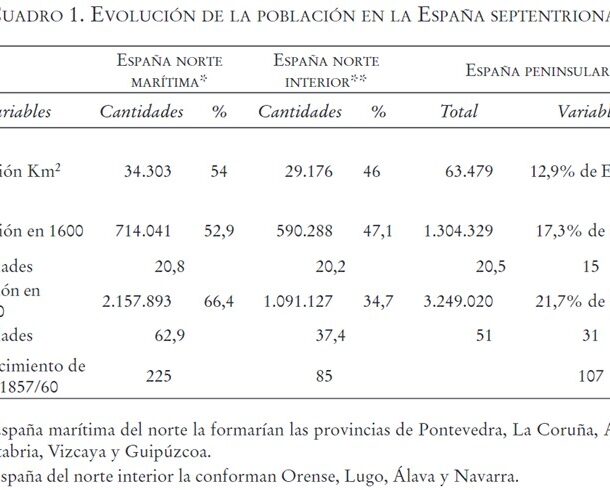
Land ownership was one of the factors that made the Ancien Régime an unequal system, a reflection of the estates’ society. In the mid-18th century, northern Spain was no stranger to these issues. The resource addresses the differences in land tenure according to whether they were coastal or inland areas, in an exercise in comparative methodology. The author identifies two distinct models of social stratification in the coastal provinces: the first is based on a smallholding society where average holdings are between one and one and a half hectares, meaning that 60% of the peasants did not reach the minimum subsistence level, while the top 15% of holdings controlled between 40 and 50% of the land. The second coastal model was the one located in the transition zone between the coast and the interior, where the degree of smallholdings was greater but, again, insufficient, and where secondary economic activities had to be carried out for subsistence: livestock farming.
Collection: Statistics
Project: 2. Social and economic impact of technological revolutions in Europe., 3. Rural world and urban world in the formation of the European identity.
Chronology: XVIII
Scope: Secondary Education, Baccalaureate, University
Link: https://revistas.usal.es/index.php/Studia_Historica/article/view/1515/1582
Resource type: Statistics
Format: Table
Source: Pérez García, J. M. (2007). "La España agraria septentrional durante el Antiguo Régimen (1500-1850)", en Studia Historica, vol. 29, p. 120.
Language: Spanish
Date: 2007
Owner: Pablo Ballesta Fernández (Modernalia)
Copyright: ©Studia Historica ©José Manuel Pérez García
Abstract: Resource showing the differences in land ownership between the coastal and inland areas of northern Spain
Image
Tags






